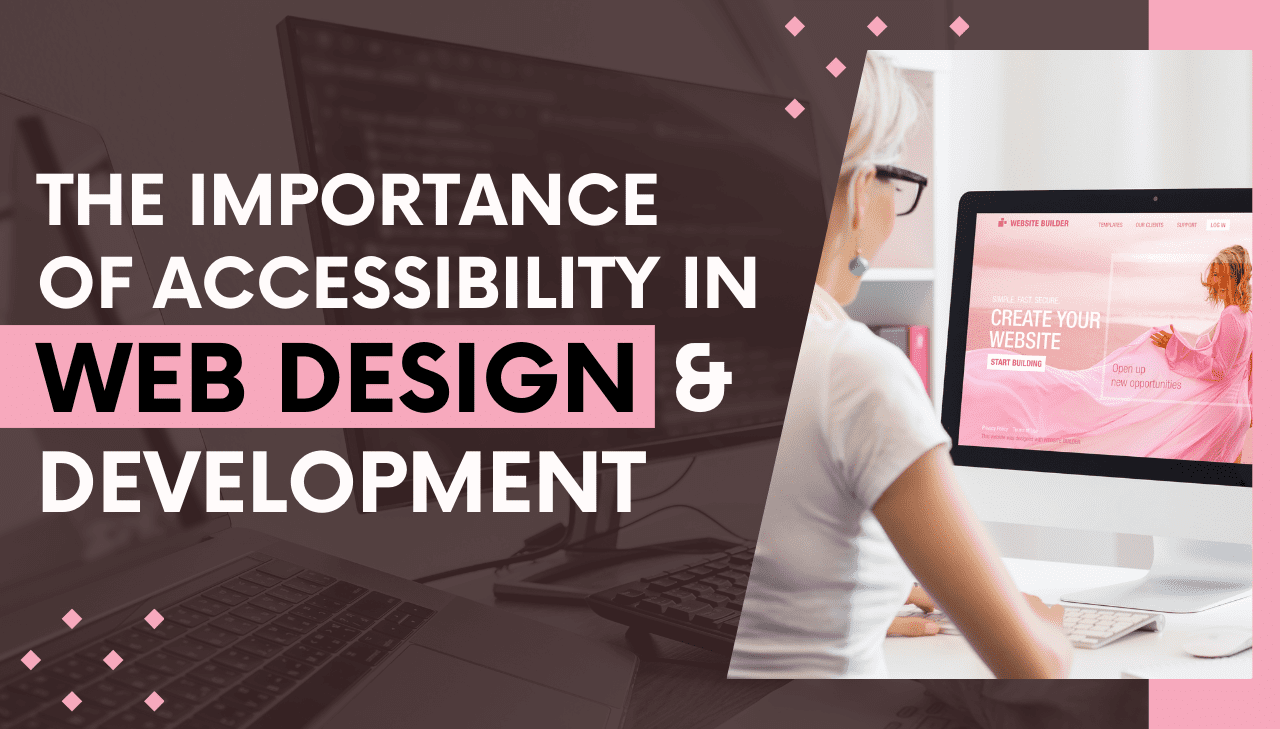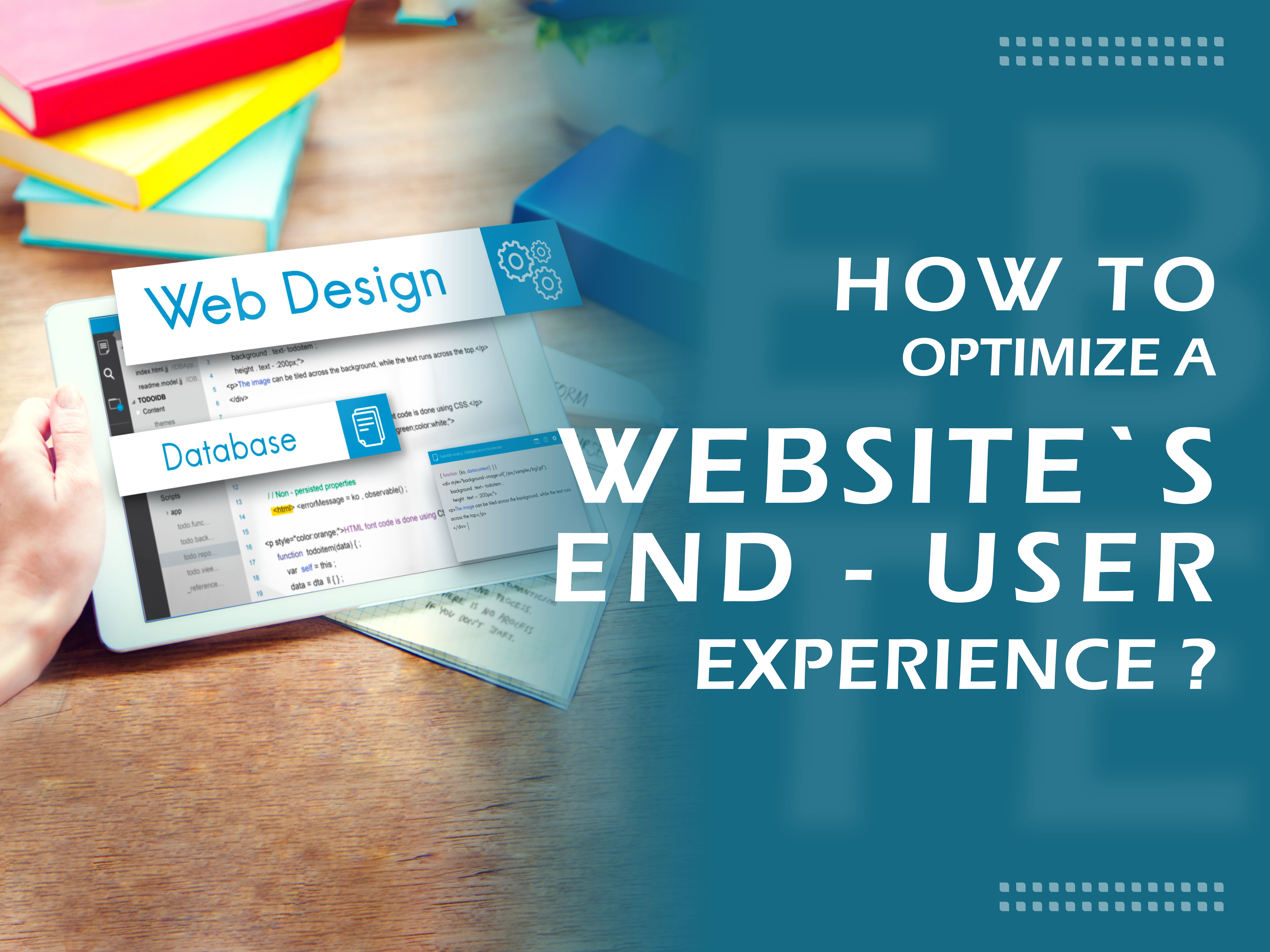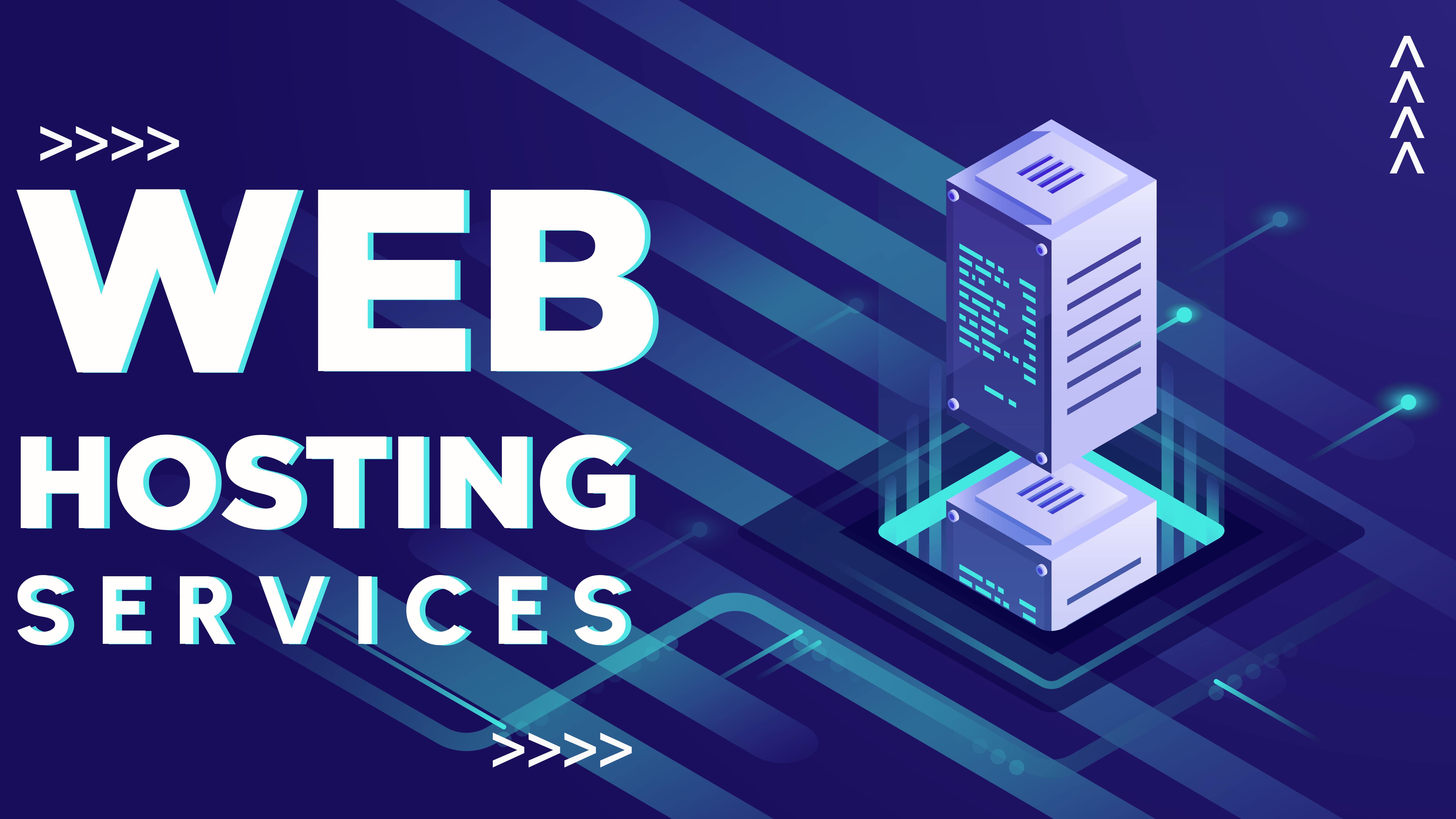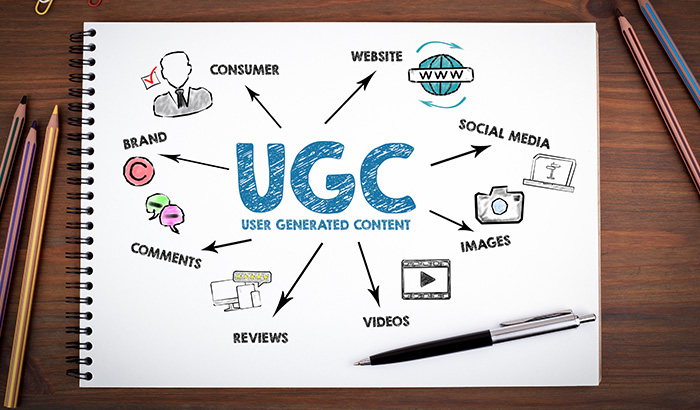Query Form
Query Form
The Importance of Accessibility in Web Design and Development

#1. What is The Importance of Accessibility in Web Design and Development
The importance of accessibility to web design and development cannot be underestimated in an ever-expanding digital landscape. Accessibility enables digital content to be accessed and used easily by all, irrespective of their abilities or disabilities. The design and development of websites with accessibility in mind is not only a matter of inclusion but also an essential aspect of ethical usercentric design, for individuals with visual or hearing impairments as well as those who are disabled due to motor or brain impairment. Let's take a look at why accessibility matters and how it can be integrated into the web design and development process.
1. Inclusive Design
Accessibility is to ensure that websites are usable by as many people as possible, no matter their ability. Web designers and developers may develop experiences that meet diverse user needs and preferences through the adoption of an inclusive design principle. The inclusive design, by making it easier for all users to use and feel comfortable, benefits everyone, rather than only those with disabilities.
2. Legal and Ethical Considerations
In many countries, including the United States and members of the European Union, there are laws and regulations mandating web accessibility for public sector websites and those serving the general public. Legal consequences and damage to the reputation of a company can result from failure to comply with those regulations. Embracing accessibility isn't just a legal requirement—it's a moral imperative that demonstrates a commitment to equal access and inclusion for all.
3. Enhanced User Experience
Accessibility websites, which benefit users of all abilities, are frequently more user-friendly and intuitive. Not only does it help people with disabilities, but also makes the whole user experience better for everyone using features like easy navigation, descriptive text on pictures, and keyboard gestures. Web designers and developers can build websites that are easier to use, understand, or engage with for all users through an emphasis on accessibility.
4. Expanded Reach and Audience
By ensuring that your website is accessible to individuals with disabilities, you can tap into a larger audience and reach potential customers who might otherwise be excluded. According to the World Health Organization, over 1 billion people worldwide live with some form of disability. By making your website accessible, you can cater to this demographic and provide them with equal access to your products, services, and information.
5. SEO Benefits
Many accessibility features, such as descriptive page titles, proper heading structure, and alternative text for images, also contribute to improved search engine optimization (SEO). Search engines such as Google prioritize websites that provide a positive user experience, in particular those available for individuals with disabilities. You can increase its visibility and ranking in search engine results through the inclusion of best practices for accessibility to your website.
6. Future-Proofing
As technology continues to evolve, people's ways of accessing and interacting with content are also changing. You will ensure that your website is futureproofed and relevant for all types of devices, platforms, or assistive technologies when you design and develop it with accessibility in mind. By reducing the need to undertake expensive retrofits and reorganizations over time, investment in accessibility can save both time and resources for a longer period.
In conclusion, accessibility is not just a checkbox or an afterthought—it's a core principle that should guide every stage of the web design and development process. You'll create inclusive digital experiences, that user user-friendly and powerful for all users by integrating accessibility. The benefits of accessibility are enormous and essential to the development of a more inclusive and equitable Digital World, from complying with regulatory requirements to increasing your audience or improving user experience.
Query Form
Follow Up on Social Media for Daily New Search Engine Update
Subscribe to Get the Latest Updates on the Search Engine World and How We Can Help Your Business
Note: Please enter a valid email id
Let’s Get to Talkin’
Support
Mail us for:
Complaint/Suggestion
Call Us
+91 9992229755
+91 98759 29761
Our Trusted Partners



© 2025 Career Infowis IT Solutions. All Rights Reserved.
























